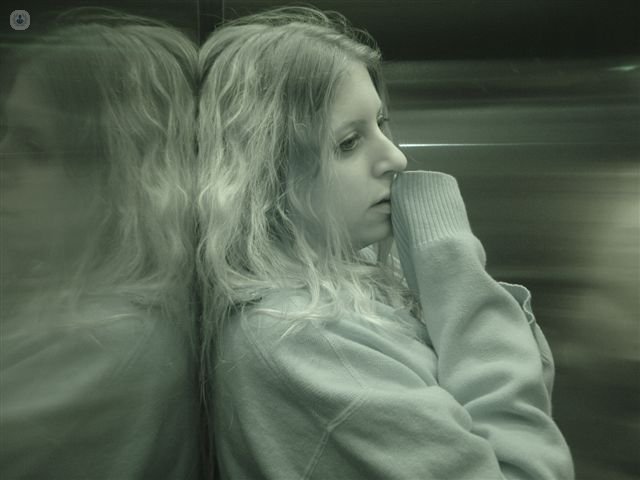Do you suffer narcolepsy?
Written by:Narcolepsy is a neurological disorder characterized by the presence of excessive daytime sleepiness, cataplejías, hallucinations in the sleep-wake and sleep paralysis transition.
Causes of narcolepsy
It is not known the exact cause of this disorder, but now tends to be considered autoimmune, genetic predisposition associated with.
The specialists in Clinical Neurophysiology have observed that patients with narcolepsy have decreased neurotransmitter hypocretin (or orexin), secreted by the hypothalamus of the brain, and which is necessary to keep vigil. If there is no hypocretin, central nervous system allows the intrusion phase of REM sleep (rapid eye movement) during wakefulness. This alteration would lead to daytime sleepiness and sleep disorders characteristic of narcolepsy.
Symptoms of narcolepsy
- Daytime sleepiness: is the main symptom. Must be present in at least 3 months prior to the diagnosis of narcolepsy; usually intense, appearing in monotone and inappropriate situations (talking, driving, eating), and as uncontrolled sleep attacks.
- Cataplejías: come in the form of sudden crisis muscular hypotonia (head, knees, hands), sometimes severe, causing falls, without involvement of the ocular muscles or respiratory. Crises often triggered by strong emotions (laughter, anger, etc.).
- Sleep paralysis: patients report episodes that meet the paralyzed body, are awake and can not move.
- Hallucinations in the sleep-wake transition are referred to as unrealistic perceptions (images, sounds) at the entrance or exit of sleep, short - lived. Other problems that often occur in patients with narcolepsy are: motor disorders during sleep (agitated behavior, compulsive behaviors such as smoking-or up to eat), episodes of intense dreamlike perception during the day.

For the diagnosis of narcolepsy is needed overnight polysomnography followed by a multiple sleep latency test, with the aim of studying the structure of sleep at night and, consecutively, measuring daytime sleepiness.
Treatment of narcolepsy
First, sleep hygiene measures should be established: maintaining a regular sleep schedule (7-8 hours of sleep a night minimum) and, in some cases, it is necessary scheduled short naps (which the patient perceives as refreshing). You should also avoid alcohol and sedatives or hypnotic drugs without medical supervision.
As to drug treatment, they are used amphetamines and amphetamine derivatives (modafinil, methylphenidate) for daytime sleepiness, and in the presence of cataplejías some antidepressants (fluoxetine, venlafaxine) or drugs such as sodium oxybate (hospital dispensing) can be used.
What are the consequences in the lives of the affected?
It depends on the degree of disease progression. At first usually occurs daytime sleepiness, which increases with the passage of time, interfering with the activities of daily life of the patient, and manifesting itself characteristically as decreased academic performance (children or adolescents with narcolepsy fall asleep in class) , with impaired memory and attention, and emotional problems.
If there cataplejías, motor disorders such involuntary movements in perioral area, arms or legs, with occasional lapses occur.
The quality of sleep also often affected, being frequently refer patients with narcolepsy his dream is insufficient, and unrefreshed.


